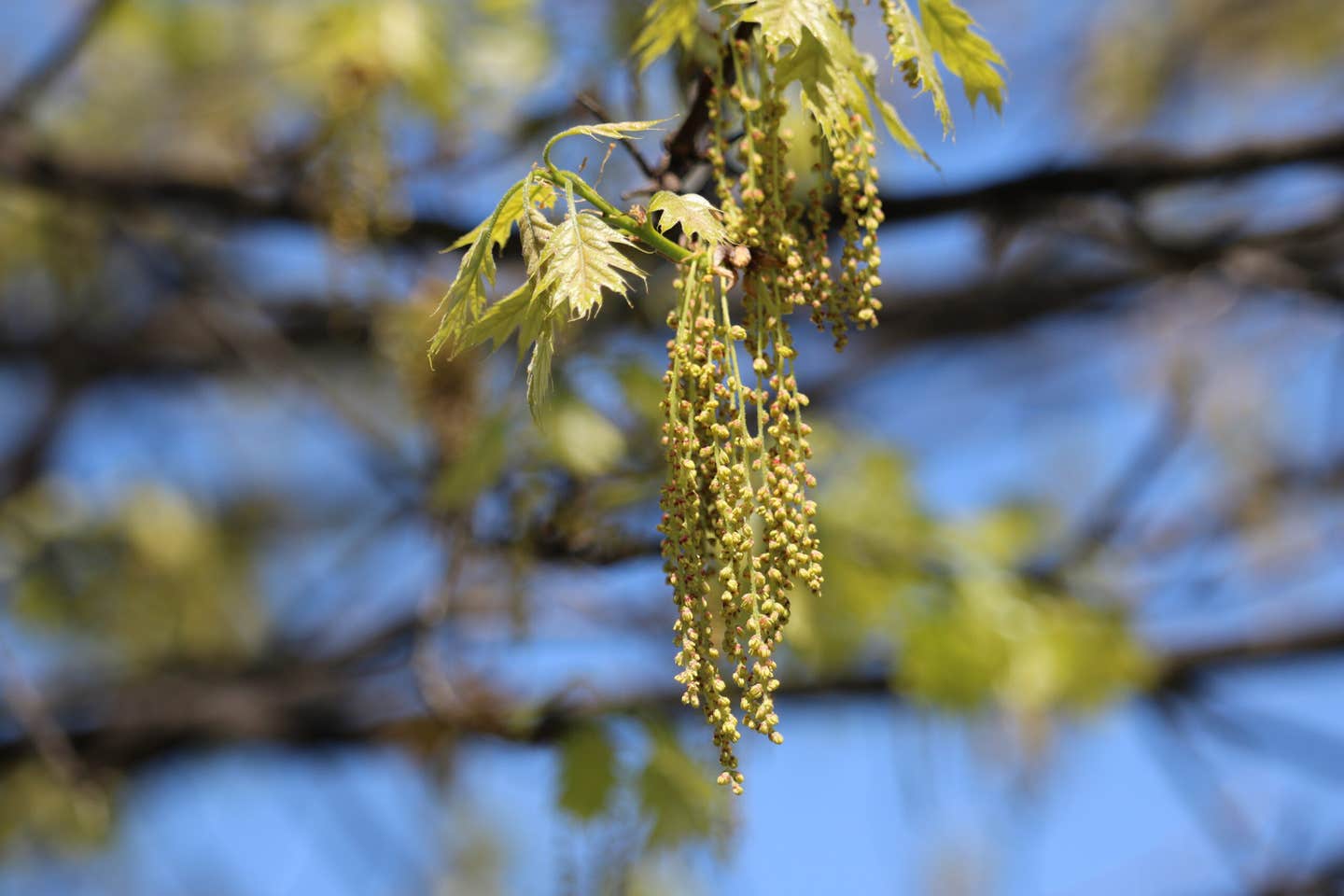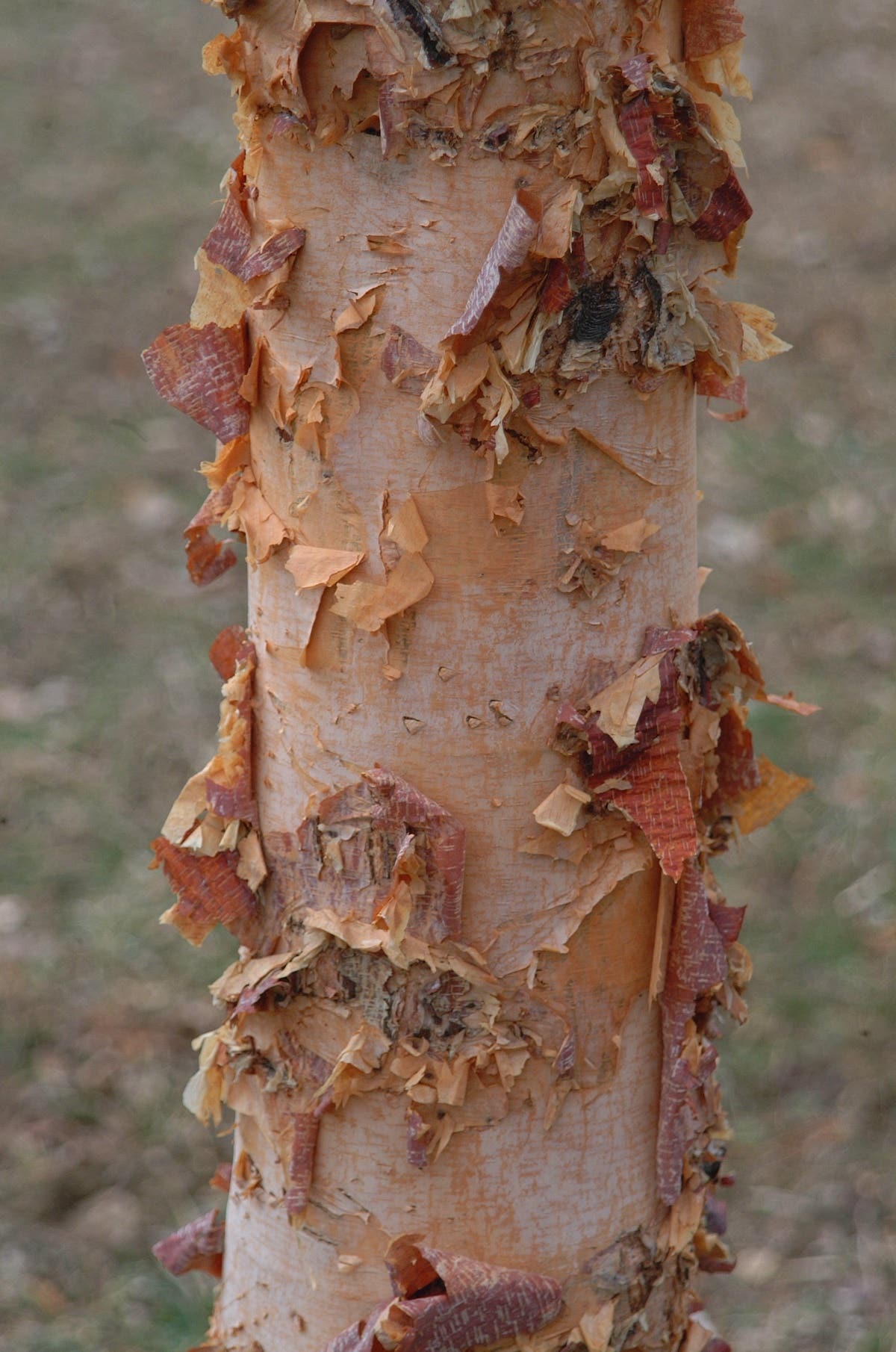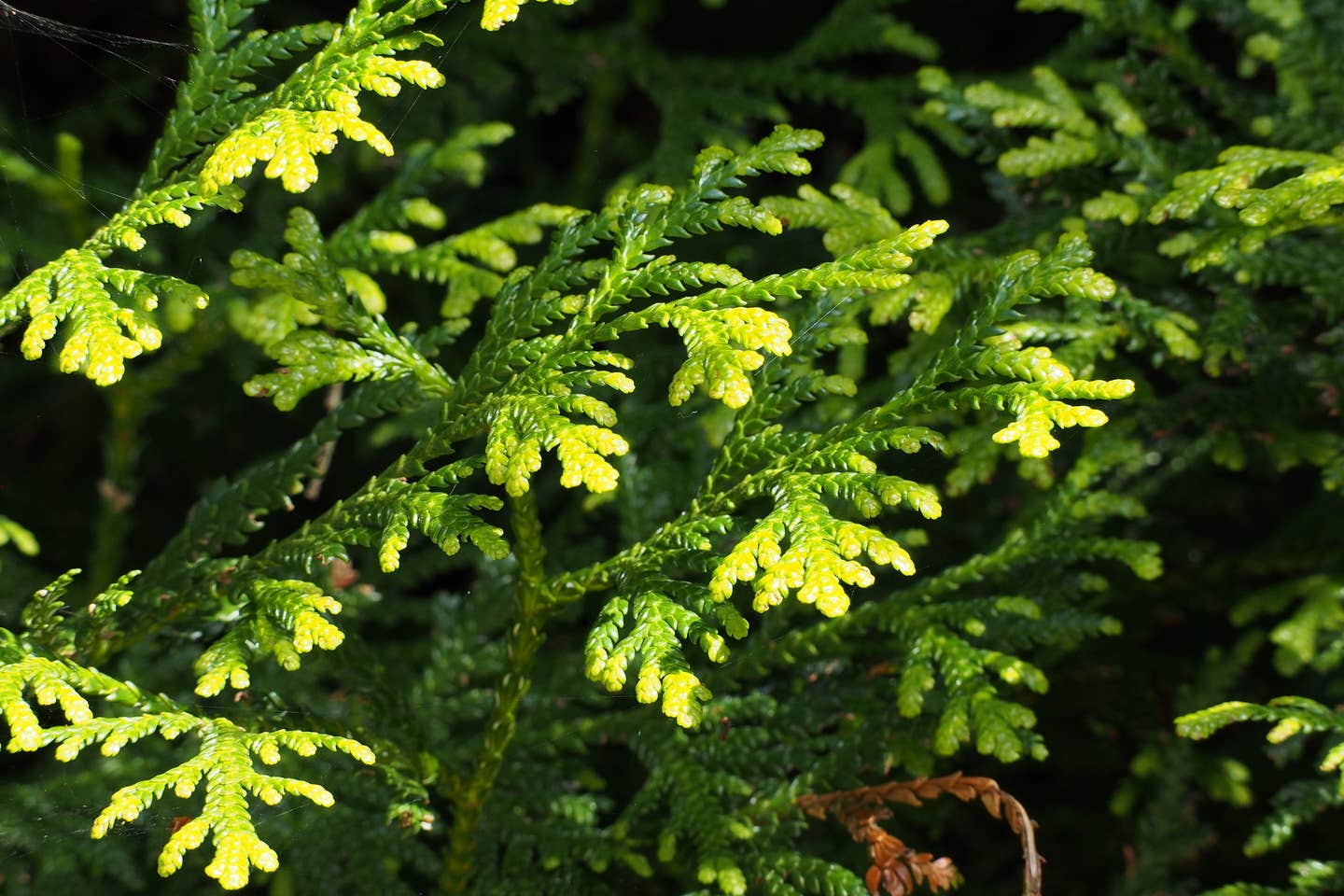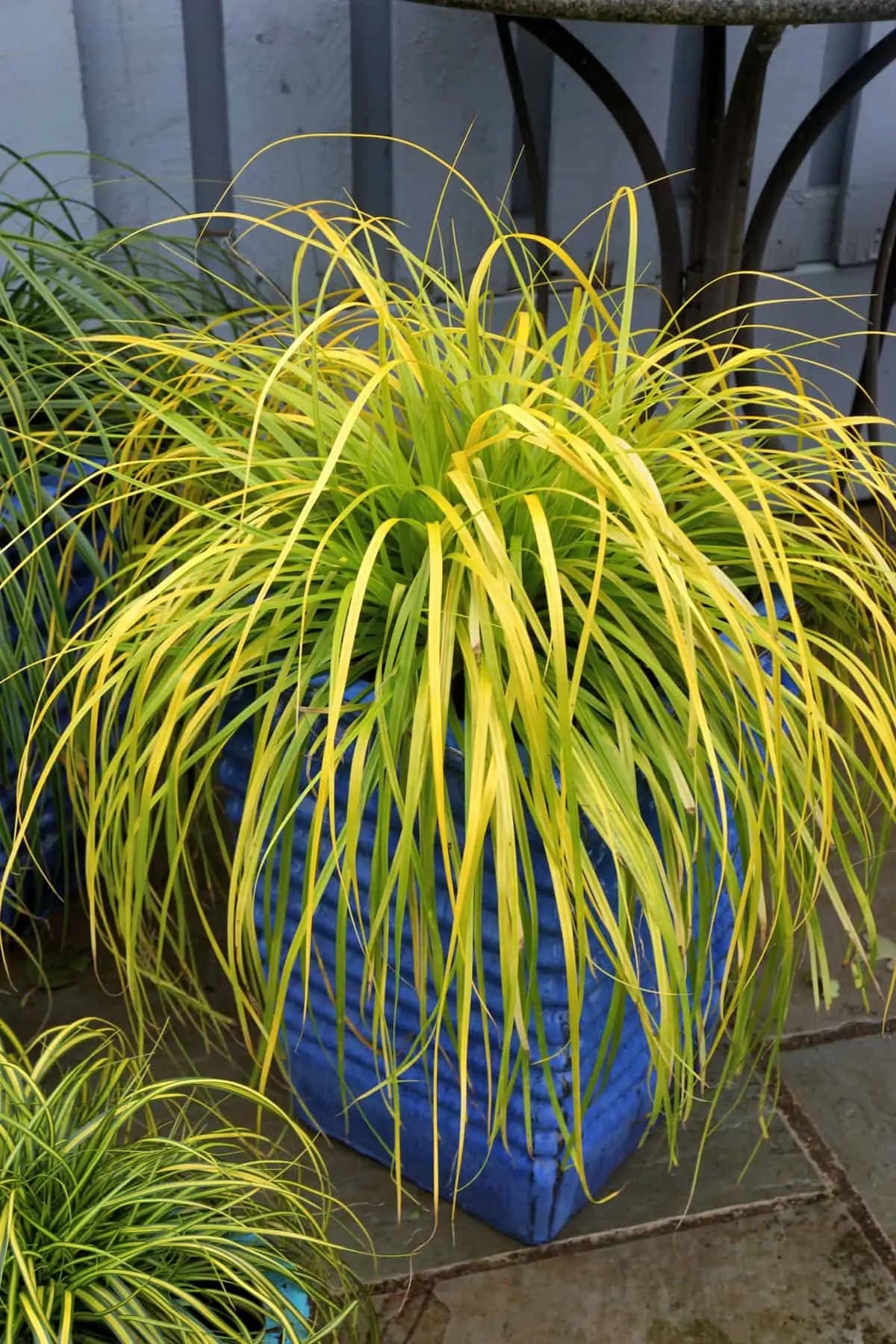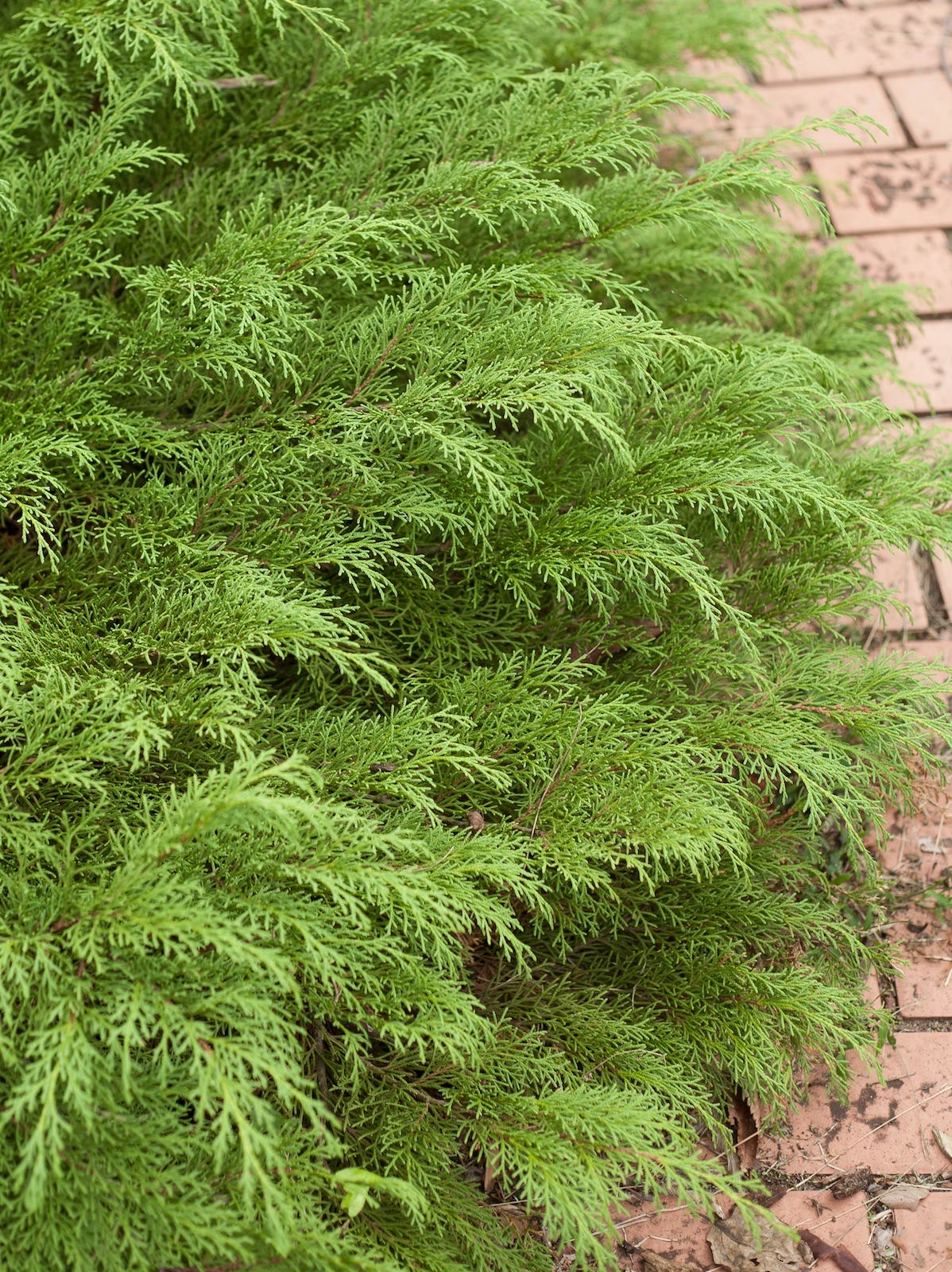Common Poisonous Plants
Plants are responsible for only a small proportion of accidents around the home, and these are rarely serious. However, it is prudent to be aware of commonly grown poisonous garden plants. Here is a list.
Note: This text is excerpted from Family Gardens by Bunny Guinness (David & Charles, 2008; 128 pages; $19.99) Click here for more info or to purchase.
Plants are responsible for only a small proportion of accidents around the home, and these are rarely serious. However, it does pay to make it clear to family members and guests, particularly children, that they should not sample any plants except those that you have confirmed to be edible.
Apart from the Poisonous Plants Directory (my list of common toxic plants), there are many others that although not deadly, can provoke severe reactions if certain parts are eaten. These include many widely grown garden plants, including but not limited to:
Bryony (Bryonia): all parts are poisonous
Boxwood (Buxus): contact with the sap may irritate skin
Christmas rose, Lenten rose, hellebore (Helleborus): all parts may cause severe discomfort if ingested and the sap may irritate skin
Clematis, old man’s beard, virgin’s bower (Clematis): all parts are poisonous, causing mouth pain if eaten and minor brief skin irritation
Columbine (Aquilegia): contact with the sap may irritate skin
Comfrey (Symphytum): roots and leaves may cause severe discomfort if eaten and leaves may irritate skin
Daffodil (Narcissus): bulbs toxic if eaten in large quantities; skin may be irritated by handling bulbs, flowers and stems
Elder (Sambucus): all parts may cause severe discomfort if ingested and the leaves may irritate skin
False acacia (Robinia preudocacia): all parts may cause severe discomfort if eaten
Foxglove (Digitalis): all parts may cause severe discomfort if ingested and the leaves may irritate skin
Ivy (Hedera): all parts may cause discomfort if eaten and the sap or airborne hairs may aggravate allergies and irritate skin
Juniper (Juniperus): contact with foliage may irritate skin allergies
Lobelia (Lobelia): the sap may irritate skin
Lily of the valley (Convallaria majalis): seeds can cause stomach upset
Lords and ladies (Arum): all parts may cause severe discomfort if ingested and the sap may irritate skin
Lupine (Lupinus): the seeds may cause severe discomfort if ingested
Mountain laurel (Kalmia): all parts may cause severe discomfort if eaten
Potato, potato vine, false Jerusalem cherry, eggplant (Solanum): toxic compounds causing weakness and confusion are concentrated in stems, leaves, sprouts and fruits. They are increased by exposure to light, damage and age. Levels are kept low in food varieties and the compounds are mostly destroyed by cooking.
Privet (Ligustrum): all parts may cause severe discomfort if eaten
Rhubarb (Rheum): leaves may cause discomfort if ingested. Use only the leaf stalk in recipes.
Windflower (Anenome): contact with the sap may irritate skin
Wisteria (Wisteria): all parts may cause severe discomfort if ingested
To exclude all these from your garden would be impractical: It is unlikely that a child would eat quantities of elder foliage, for example.
Even in the case of the plants in the Poisonous Plants Directory, I include yew (Taxus) and monkshood (Aconitum) in my garden. When children are too young to comprehend but old enough to be mobile—usually a short period—they are closely watched. Older children can understand that they should treat the plant with respect.
The majority of plants have not been tested for toxicity, so do not assume that any plants not described as toxic are necessarily harmless. Bear in mind that some plants can cause other injuries—for instance, the tips of yucca leaves are often at the right height for a young child’s eye, and rough-edged leaves, rose thorns and so on can also inflict a wound. Make sure that tetanus vaccinations are up to date.
If any of the plants described in the Poisonous Plants Directory as severely toxic are eaten, you should seek urgent medical help from your doctor, walk-in clinic or an Emergency Room. Do not panic. Do not make the patient vomit. Take a sample of the plant with you.
See Family Gardens



